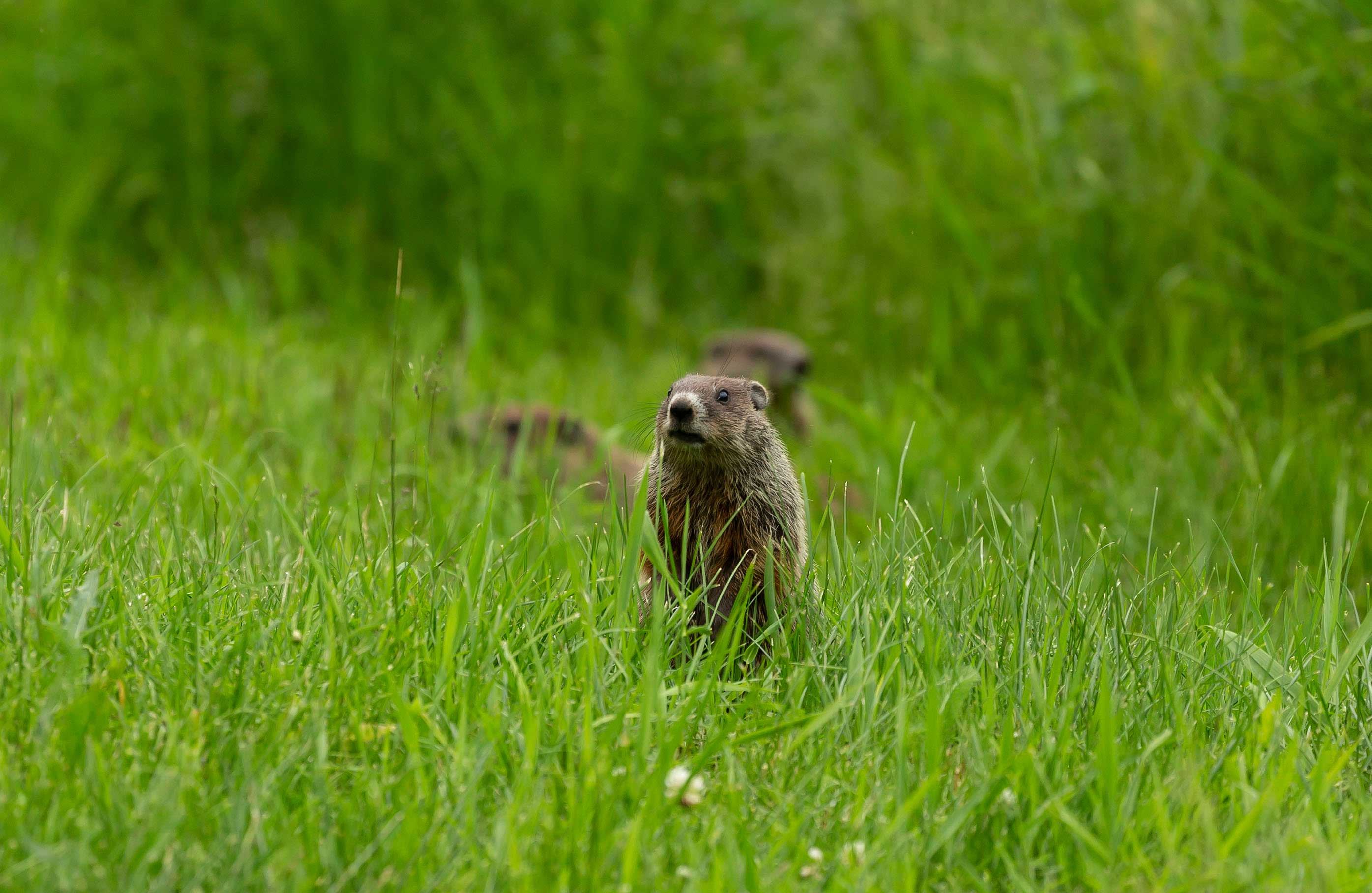| Story by Meghan McMahon |
11/15/2019
Who hasn’t taken a look outside on a frigid winter day and thought maybe groundhogs have the right idea, hibernating all winter long in their underground burrows?
In the animal kingdom, many animals are inactive or far less active in the winter as a means of surviving the harshest season of the year. While we often say these animals are hibernating, there’s more to the story.
Some animals, like the groundhogs, are indeed hibernating. But there’s different ways to hibernate.
Take bears – the most famous of all hibernating animals – as an example. Bears do hibernate in winter, but not quite like groundhogs. For bears, it’s a lighter kind of sleep, more akin to taking long naps throughout the season rather than sleeping the whole winter away, said Sara Russell, an interpretive naturalist for the Forest Preserve District of Will County.
Here’s a closer look at hibernation and other ways animals survive the winter.
Hibernation vs. torpor
We like to think of animals that hibernate as sleeping the winter away, but sleeping and hibernating are not one and the same. Hibernation is a form of torpor, which is a way for animals to conserve energy by reducing their metabolic functions during extreme temperatures.
There are two distinct kinds of torpor: hibernation and daily torpor, Russell said. When a period of torpor lasts longer than 24 hours, it is hibernation. When animals are in torpor for less than 24 hours, it is considered daily torpor.

)
)
)
)